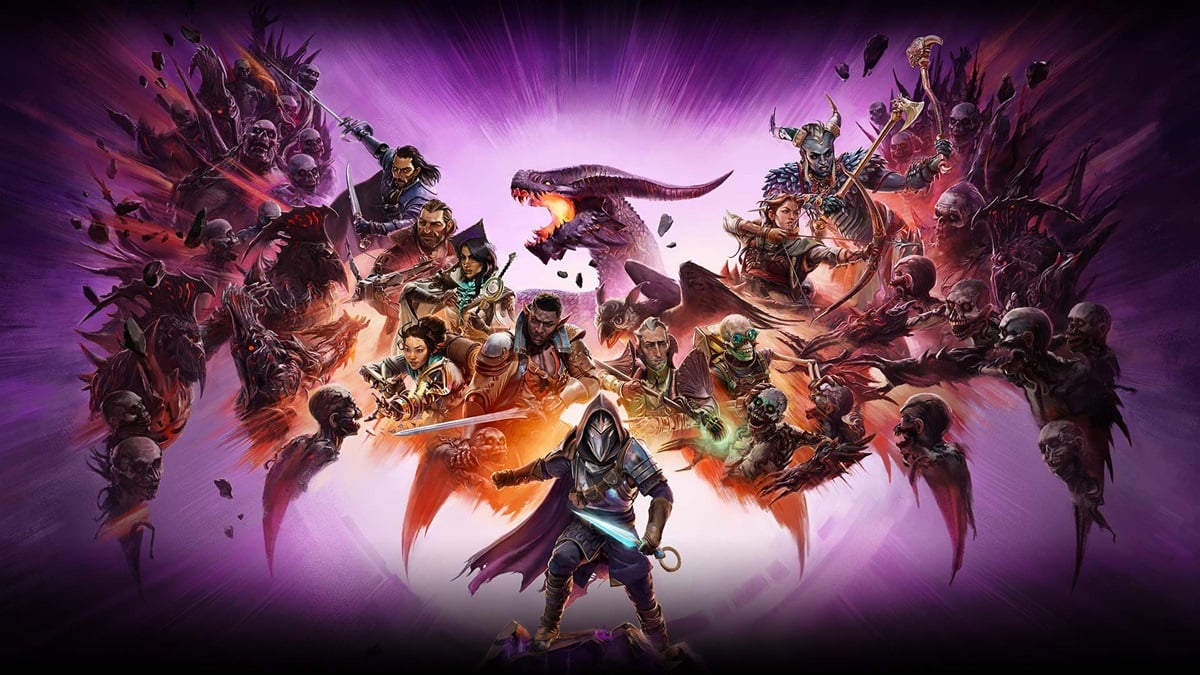
Some people might dismiss it as yet another action-adventure title, but I still hold great respect for Crystal Dynamics’ reboot of the Tomb Raider series. Rebooting a series is difficult enough, but when you’re talking about Tomb Raider, a series that has such a long and illustrious history, the stakes are that much higher.
Tomb Raider (or Tomb Raider 2013 as some might call it) played it safe in many ways. Drawing inspiration from other games such as Uncharted, the rigid controls and less-than-fluid gunplay were ditched in favor of more freeform traversal and a much more manageable combat system, with an emphasis on melee and Lara’s now trademark bow and arrow.
Rise of the Tomb Raider is a decidedly-more next-gen game (mainly when it comes to its visuals), even down to the timed exclusivity period on Xbox One. As expected, though, said exclusivity period has passed, and Rise of the Tomb Raider has stepped out from Microsoft’s shadow, finding a new home on PC, with a PlayStation 4 release coming later this year.
Picking up a year after her adventures on the mysterious island of Yamatai, Rise of the Tomb Raider follows Lara Croft on her quest to redeem her deceased father, Lord Croft, who passed on before he was able to prove the existence of a Holy Grail-type artifact that could grant its user immortality. Attempting to cut her down at every chance is Trinity; a mysterious group that not only attempted to silence Lord Croft, but also covered up the events that unfolded on Yamatai, discrediting Lara in the process.

While she’s not confined to an island this time around, Lara never reaches the level of globe-trotting that Nathan Drake does, as she spends most of her time in the cold wilderness of Siberia, save for a brief spell in the polar opposite deserts of Syria. Still, the open world formula that worked so well in Tomb Raider 2013 shines just as bright this time around, as you’ll spend most of your time climbing and traversing the environment, with some gunplay and stealth combat sprinkled throughout.
The biggest addition this time around is the crafting system, which allows Lara to craft different types of ammo, explosives, and outfits. Rather than combing the landscape for salvage, there are plenty of different types of collectibles to find, ranging from feathers and animal hides to mushrooms and herbs.
If you’ve played Rise of the Tomb Raider on Xbox One, this might all sound familiar, as the game is essentially a straight port of the console version, with all the gameplay and content being a match across both platforms. Of course, the main draw of the PC version is the ability to tweak visual settings to your liking, and Rise of the Tomb Raider offers these options up in spades.
While Rise of the Tomb Raider utilizes the same Foundation Engine that powered the 2013 reboot, the enhancements and upgrades made to the engine over the last couple of years cannot be understated. Now sporting a physically-based materials system (which seems to be the new ‘next-gen’ graphics trend), the in-game environments spring to life, as they are lit in a much more realistic manner, in an attempt to mimic the physical properties of real world materials.
Image-based lighting has also been implemented, and coupled with the advancements in hair simulation and the new tessellation options, Rise of the Tomb Raider is simply put one of the best-looking games on the market, whether you’re enjoying it on the Xbox One or on a higher-end gaming PC.

Still, this leap in graphical quality does come with some caveats. While it is playable on a decent range of hardware, Rise of the Tomb Raider is a considerably more demanding game than its predecessor, and this shows in its minimum and recommended PC requirements. If you’re using a mid or high end gaming PC, you’ll likely be able to run it without issue, but running the game with everything turned up to eleven is a different challenge in and of itself.
Compared to the Xbox One version, which runs at a mix of medium to high settings, there are plenty of ancillary features that you can toggle on or off at your disposal. Upping anisotropic filtering to its highest provides a much clearer view of textures compared to the Xbox One, and it doesn’t impose much of a performance hit. Shadow quality, specifically the resolution of shadow maps, is pretty low (and occasionally absent) on Xbox One, though you have the option to dial that up on PC. There’s also the option to toggle sun soft shadows, which attempts to recreate the real world effect of more blurred shadows; a phenomenon that appears when shadows are cast over a larger distance.
Level of detail and tessellation can be pushed further than on consoles, with the big draw being tessellation that is applied to a wider variety of terrain, as opposed to the console iteration which is only featured as a form of snow deformation. Dynamic foliage is implemented on console, though turning it up to high on PC allows for a greater degree of interactivity with the local flora. While TressFX doesn’t make the cut this time around, Rise of the Tomb Raider features Purehair, which seems to be an improved rebranding of the original hair simulation technology. Although it does incur a greater performance hit when Lara is viewed from up close, bumping this up to very high does increase the natural look of Lara’s hair.

Performance wise, if you’re looking to run Rise of the Tomb Raider at high settings, we’d recommend a video card with 3 GB of VRAM, and a quad core CPU to boot. If you’re looking to bump everything up to max, you’re going to need a card with 4 GB of VRAM, mainly to cope with the streaming demands that the ‘very high’ textures impose.
A locked 1080p, 60 frames-per-second experience may require some fine tuning and fiddling around with the graphics option, but NVIDIA’s GTX 970 or Radeon’s R9 290/390 seem to be good options, though you’ll likely have to turn some settings down a notch if you want to keep a completely locked 60 fps.
Thankfully, graphics tweaking can be done on the fly in-game, without the need for a restart. To be honest, it’s an incredibly well-polished game, with my only criticism being the lack of an in-game benchmark, something that PC developer Nixxes is looking to add down the line.
While some may be off-put by the higher than average system requirements, Rise of the Tomb Raider is a great title and an excellent follow-up to the series’ 2013 reboot, which puts a greater emphasis on exploration and puzzle solving; something fans have been clamoring for. The PC version in particular is quite the looker, and while the Xbox One version still holds its own, it’s worth checking out on PC if you haven’t already.
This review is based off the PC version of the game, which we were provided with for review.





Published: Feb 10, 2016 10:45 am